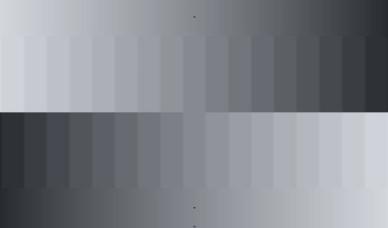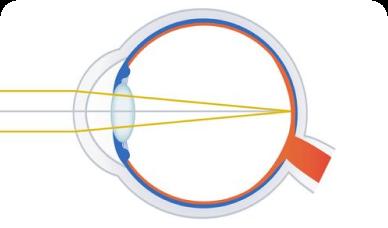Test your vision bacause we care!
Home Eye Tests

Contrast level test
Vision problems often start with a deterioration in the perception of light and dark colors. Have your vision tested for contrast to see if you have this problem.
Whilst you should set regular vision check ups with a specialist, at home eyesight tests can be used to detect problems earlier. An at home eyesight test is simply

